
Linux system management is a complex and tedious task, which involves many aspects, such as installation, configuration, monitoring, maintenance, backup, recovery, etc. Linux system administrators need to master a lot of knowledge and skills, and they also need to spend a lot of time and energy. Are there any tools that can help Linux system administrators simplify and automate tasks? The answer is yes. This article will introduce seven tools that can help Linux system administrators simplify and automate tasks.
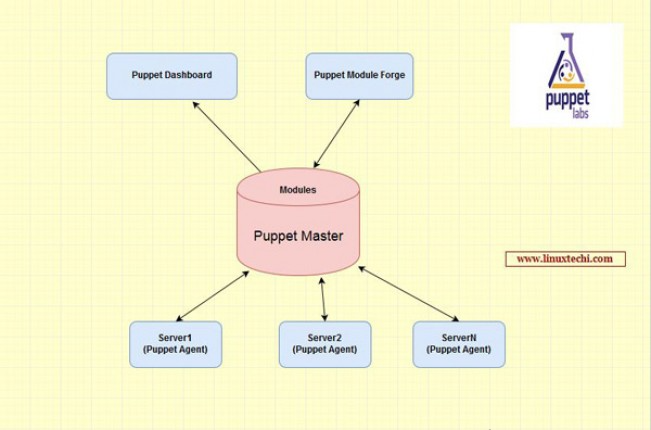
Puppet is an open source tool designed to greatly simplify automation and reporting for system administrators. It is basically a configuration management software that helps configure and maintain servers and other systems in corporate networks. System administrators often spend a large amount of time doing the same tasks over and over every day. They always want to automate these tasks so they can have more time to work on other projects or learn new concepts and scripting languages. Administrators can automate tasks by writing scripts, but in companies with large networks, scripting is not very convenient. At this time, Puppet is very useful, because with Puppet, you can:

Chef is another popular automation tool available for Linux system administrators. Written in Ruby and Erlang, it's a great help for configuring and maintaining your company's servers, whether your company has ten servers or hundreds. It can also help you integrate cloud servers with Amazon EC2, OpenStack, RackSpace or Google Cloud. Chef turns your infrastructure into code so that you can easily take down a server by changing just a few lines of code, making it easy for you to manage your servers. Physical nodes also mean that you can easily test changes before deploying them to production, and you can easily control the version of each update to your code. Chef DK provides you with all the tools to test and manage your configuration, and Chef Server acts as a repository for all your recipes and can manage every node connected to the server. The Chef client software runs on each client and receives information from the server from time to time to update its configuration settings.
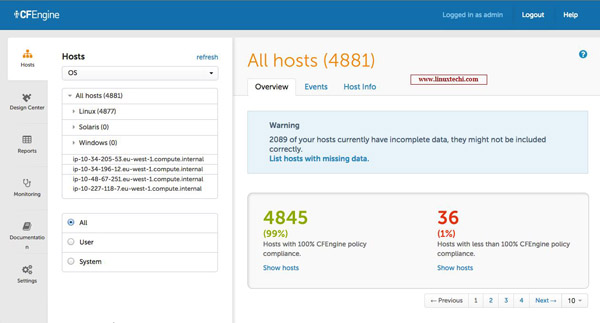
The next automation tool for Linux system administrators is CFEngine, another leading automation system that helps you manage and automate your entire infrastructure with ease. Once you use CFEngine to define a configuration for the systems on your network, CF Engine automatically ensures that the configuration complies with the specification. Needless to say, if you have 10 or 100 nodes in your network, any or all nodes can be updated or modified in just a few seconds. CFEngine is favored by many Linux system administrators because of its low running cost, fast response speed, and self-healing function.

Ansible is an open source configuration management and IT enterprise automation software provided by Red Hat. It comes with a simple programming language that allows system administrators to efficiently handle the automation and configuration process. Ansible consists of control machines and nodes that control machines. Nodes are controlled via SSH. One of the main features of Ansible is that the agent is not deployed to the nodes, but communicates entirely through SSH. Ease of learning and use, consistency, high reliability and security are other features that make Ansible stand out. The only limitation of Ansible is that it cannot configure bare metal and virtual machines.
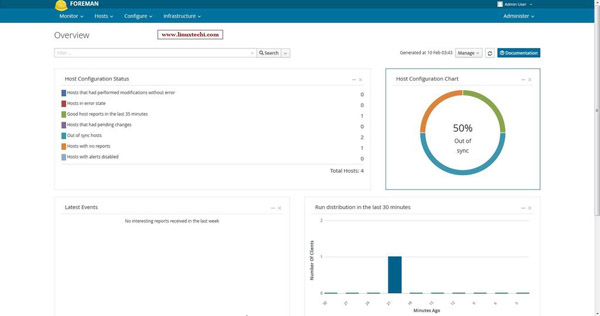
Foreman is another open source configuration management tool used for forensic analysis. Foreman provides a dashboard through which we can configure bare metal servers and virtual machines. By default, whenever we install Foreman, it uses Puppet as the configuration tool. However, with the help of plug-ins, Foreman also supports integration with other configuration management tools, such as Chef, Puppet, Ansible, Salt and many other tools. Foreman automation tools also come with a variety of interfaces, including command line interfaces, web front-ends, and REST APIs. Some of Foreman’s other notable features include the following:
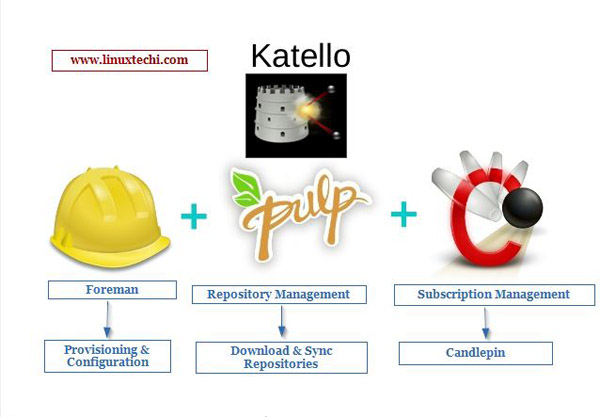
Katello is another open source automation tool. In other words, we can say that Katello is an open source version of Red Hat satellite Server; we can use it to replace Red Hat satellite server if we do not want to spend money on enterprise products and their support. Katello has been acquired by Foreman, and most of the features in Foreman are also supported in Katello. The main functions of Katello Server are as follows:
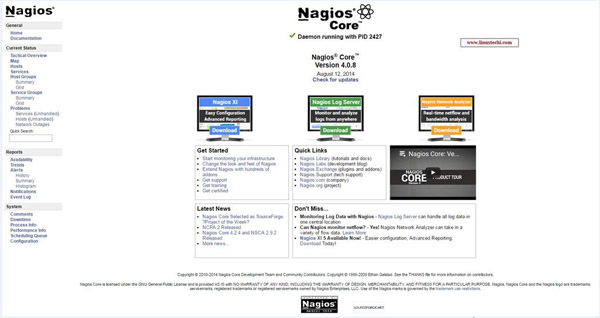
Nagios, now called Nagios Core, is an open source automation and monitoring tool that can manage all systems in your infrastructure. It also provides an alerting service that alerts system administrators if it detects a problem in your network. With SNMP and Nagios, system administrators can also control and manage printers, routers, and switches. Nagios allows us to create event handling tools that automatically restart the failed application and its services once an application and its services are down.
The above is the detailed content of A Linux Admin's Helper: Seven Tools to Simplify and Automate Tasks. For more information, please follow other related articles on the PHP Chinese website!




